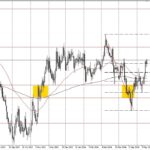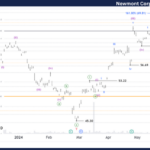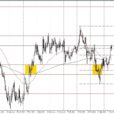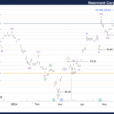
The illiquid trading of December is already well in evidence – and we haven’t even reached the bad part yet. One we are past the CPI report and the Fed meeting, there will be a few days where serious traders are squaring up based on what they now believe after those data points. After that, it will get truly quiet for the last couple of weeks.
A little quiet is what the energy market needs. On Monday front Crude broke to new six-year lows. Not since oil bottomed at $32.40 in December 2008 have prices been this low. Prior to that, the last time we saw sub-$40 oil was in July 2004. Ditto with gasoline prices, which are averaging just a touch above $2/gallon nationwide. This is truly amazing, and is causing all sorts of carnage in energy and energy service companies as has been widely reported.
What is interesting, though, and has been widely unreported has been the impact these recent price declines have had on inflation expectations as impounded in the price of inflation derivatives and TIPS breakevens. In short: not very much.
In prior episodes, such as last year at about this time, plunging energy quotations affected not only near-term inflation expectations but also long-term inflation expectations. The reason that near-term breakevens, or say 1-year inflation swaps, respond to energy prices is very simple: these contracts are pegged to headline inflation, which includes energy; while the market tends to overreact to the energy effect it tends to price fairly efficiency the near-term effect of movements in gasoline on actual inflation outturns.
But it makes very little sense that even very large moves in gasoline prices should be reflected in long-term inflation expectations. This is for two reasons: first, energy prices are mean-reverting, so declining prices in one year are more likely to see appreciating prices the following year (or, at least, big declines tend not to be followed by big declines). Second, even a significant change in energy prices, amortized over ten years for example, ends up not being a very big movement per year when you then also take into account how low the pass-through is from energy prices to inflation swap prices.















